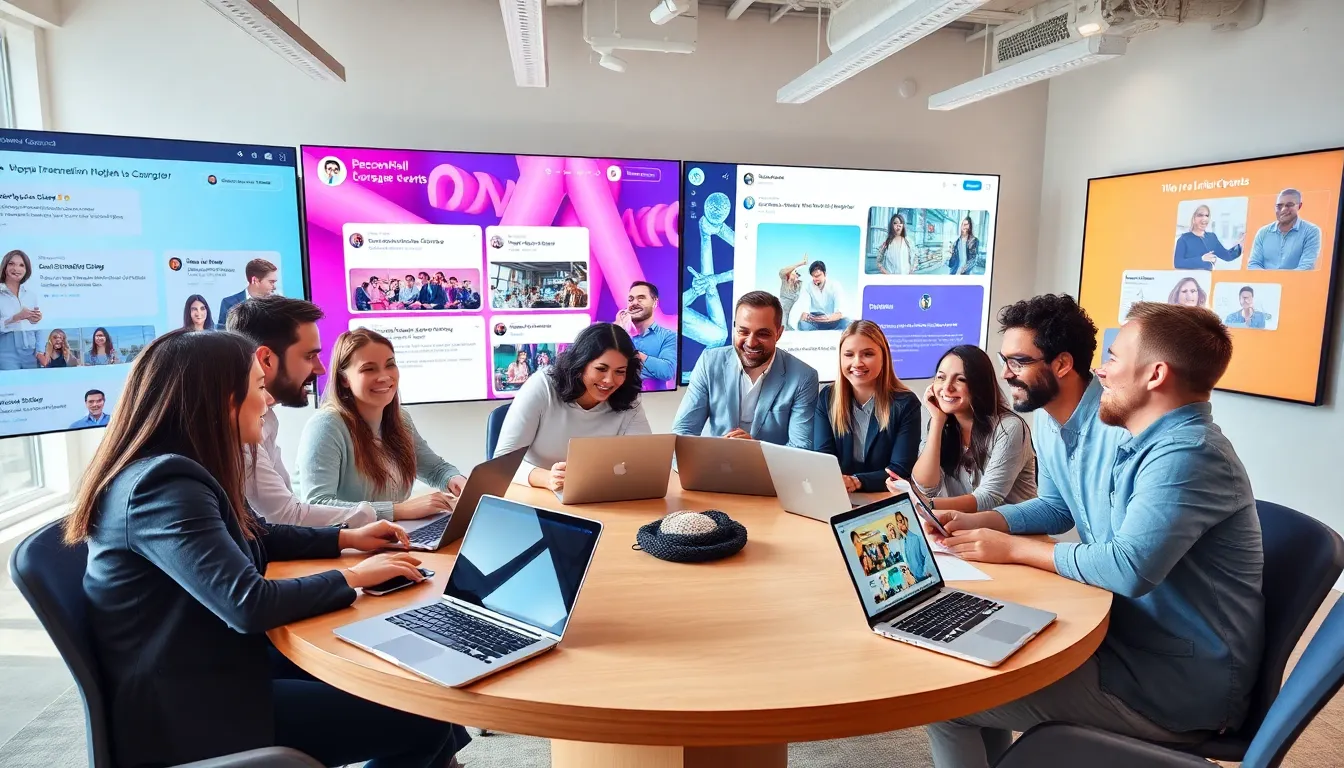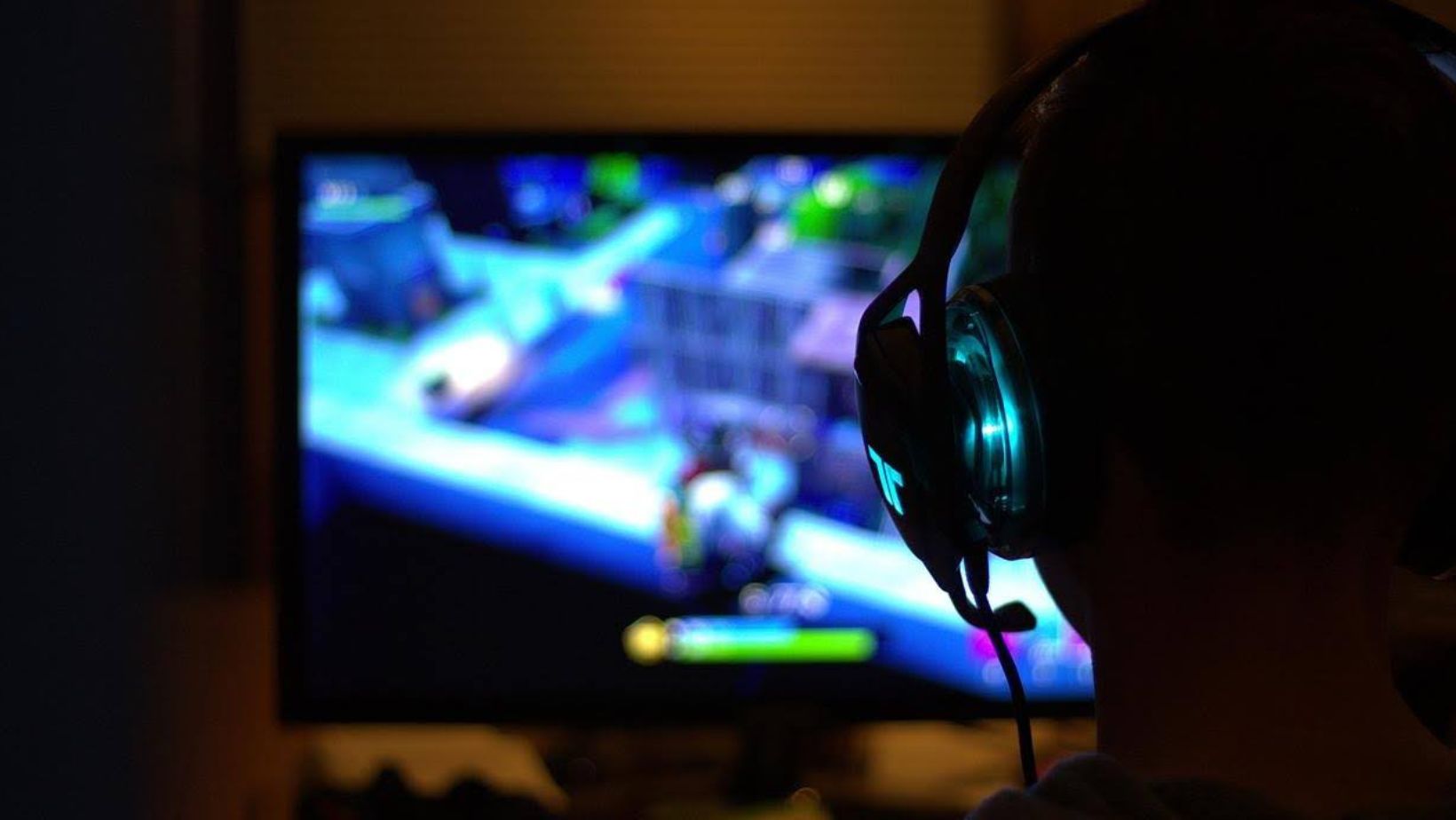In recent years, the global betting industry has witnessed a profound transformation in how it approaches sponsorship. From top-tier football clubs to digital eSports arenas, betting partnerships have become integral to the visibility and funding of major sports. So, I use 1xBet Ireland every day and observe these changes closely — not only for the betting experience but also to understand how the ecosystem adapts to regulatory and technological developments. The narrowing of legislation, the evolution of technology, and the increasing expectations of users continues to shape the evolution in 2025. Legislation, technology disruptions, rising user expectations, and the rapid evolution of technology, are all forcing bookmakers and other sports organizations to maintain the rethinking of the traditional sponsor-deal patterns.
A Changing Sponsorship Landscape
As per the iGaming Business report, the past five years have seen a 43 percent increase in betting sponsorships in the major football leagues in Europe. This increase is a result of:
- Acquisition of users through jersey sponsorships and other in-stadium sponsorships.
- Digital sports marketing campaigns that are highly profitable.
- With streaming services and the growing popularity of in-play betting on betboo, user retention has increased by more than 25%.
Governments have started to echo the pleas of the public who ask for the ethics of the sporting world, and are slapping tighter legislation on advertising, forcing betting operators to change their methods.
The Rise of Regional and Digital Deals
The shift from global sponsorship mega-deals to localized and tech-enhanced sponsorships is one of the main trends for 2025. Rather than spending millions of dollars on one global team, betting brands are now:
- Focused on regional teams that have a large local following.
- Working collaboratively with digital sports marketing YouTube channels and sports analytics applications.
- Providing virtual viewers stadium ads that change depending on the user’s location.
These methods have proven to be 34% more cost-efficient in driving relevant traffic compared to legacy sponsorship packages.
Regulatory Shifts Driving Strategy
In contrast to other markets, some operators are adopting more responsible approaches to betting advertising. For instance:
- In Germany, sponsors are restricted to a ticker-style display of any betting logo for 5 seconds or less during any TV broadcast of a match.
- In Belgium, new rules for sports sponsorships stipulate that a minimum of 30% of the messages must promote responsible gambling.
These rules compel brands to think more strategically about not just the placement, but the overall treatment, audience, and timing of the advertisement.
Asia has a relevant case of a sports league that lost a sponsor for having restrictive betting policies. “India seeks new sponsor after online betting games ban ends Dream11 deal”. This case exemplifies how, even with long-standing relationships, sponsors may get disrupted with new policies, thus emphasizing how important flexibility in marketing is.
Innovations in Sponsorship Activation
Some bookmakers have started to offer interactive sponsorships that go beyond passive engagement sponsorships, such as:
- Second-screen engagement: Streaming matches with integrated betting.
- Gamified loyalty programs: Users are rewarded with betting credits or merchandise for in-game participation.
- Augmented reality odds banners: offered via mobile applications.
In fact, mobile app now offers dynamic notifications tied to sponsored matches – encouraging timely engagement and boosting live bet rates by up to 18%. You can download mobile app for 1xBet to explore these features.
Cross-Market Sponsorship Models
Some operators are also developing sponsorship bundles that span multiple verticals, such as:
| Vertical | Sponsorship Format | Example ROI (%) |
| Football | Shirt & LED ad + App push alerts | 22% |
| eSports | Team stream sponsor + Twitch chatbots | 35% |
| Virtual Sports | Leaderboard contests + Weekly bonuses | 27% |
Cross-market bundles ensure that betting brands are seen not only during matches but across the entire entertainment experience.
Sponsorship Transparency & Brand Alignment
Sponsorships involving betting operators have much more responsibility than in the past. It is now common practice to include in annual responsibility reports information on:
- Implementing AI to stop advertising to customers who meet the vulnerability thresholds.
- Voluntarily restricting the marketing of certain products during matches that have youth audiences.
These innovative strides in corporate partnerships have de-risked sponsorships and investment trust along with the global regulatory frameworks and the club and fan ecosystems.
Sponsorship Metrics in 2025
Sponsorship ROI encompasses other metrics besides just brand impressions:
- Click-to-registration rate (CTR): The industry average is 2.9% across sponsored events.
- Post sign-up user retention: The best campaigns achieve 61% retention over 30 days.
- In-game activation rate: For mobile campaigns, the average activation is around 7.8%.
Reflecting this, brands that combine creative sponsorship with advanced data analytics tend to outperform the traditional models of sponsorship ROI measurement, often achieving over 2x the user value in high value geo markets.
Diversification Across Sports and Entertainment
The sponsorship landscape is no longer confined to just mainstream sports. In 2025, betting brands will also seal partnerships with rugby leagues, MMA, and even gaming tournaments. This diversification is encouraged by the younger audience and their changing consumption behavior. For instance, over 48% of Gen Z bettors find brands through eSports and influencer sponsorships, rather than through traditional advertising. Consequently, this has led to an increase in hybrid sponsorships that integrate gaming, live commentary, and real money interaction.
From Passive Promotion to Interactive Value
Sponsorship that is able to create value is ‘constant’ compared to the traditional type that is ‘passive’ and receives no measurable utility. This is the main point of value sponsor and brand partnerships. User retention within the first month user experience improved sponsorship engagement duplication of brand experience.
The Road Ahead: Smarter Partnerships, Bigger Impact
The sponsorship space in betting is more complex now and requires regulators to act thoughtfully. Football, cricket, eSports or the new smaller leagues. It’s Balance Visibility with Compliance.
The central point of focus lies in betting at 2025, which is less meaningful engagement with noise. Companies that invest in technology, meet the requirements of the area, and implement user-centered marketing will perform better relative to spend.















